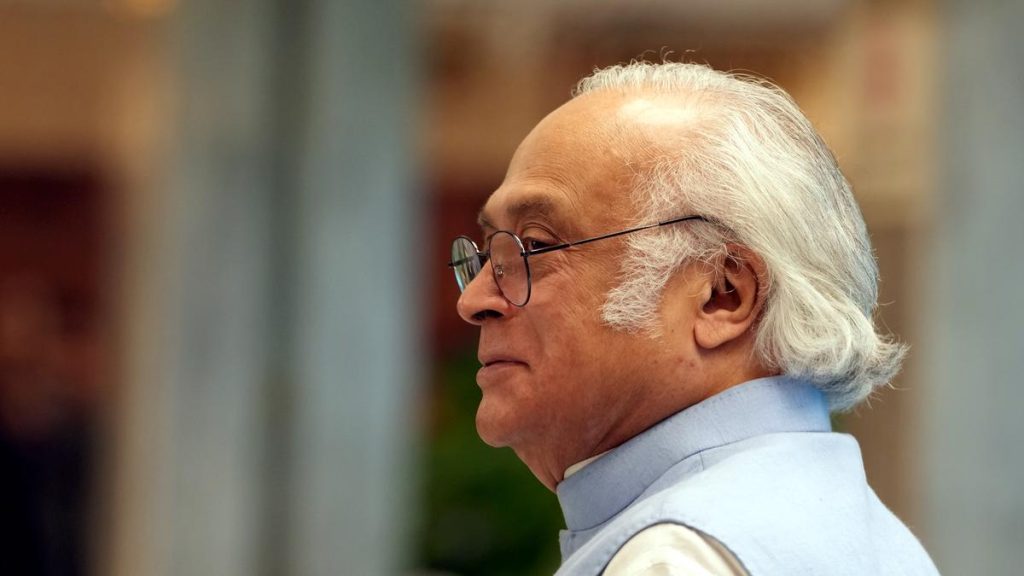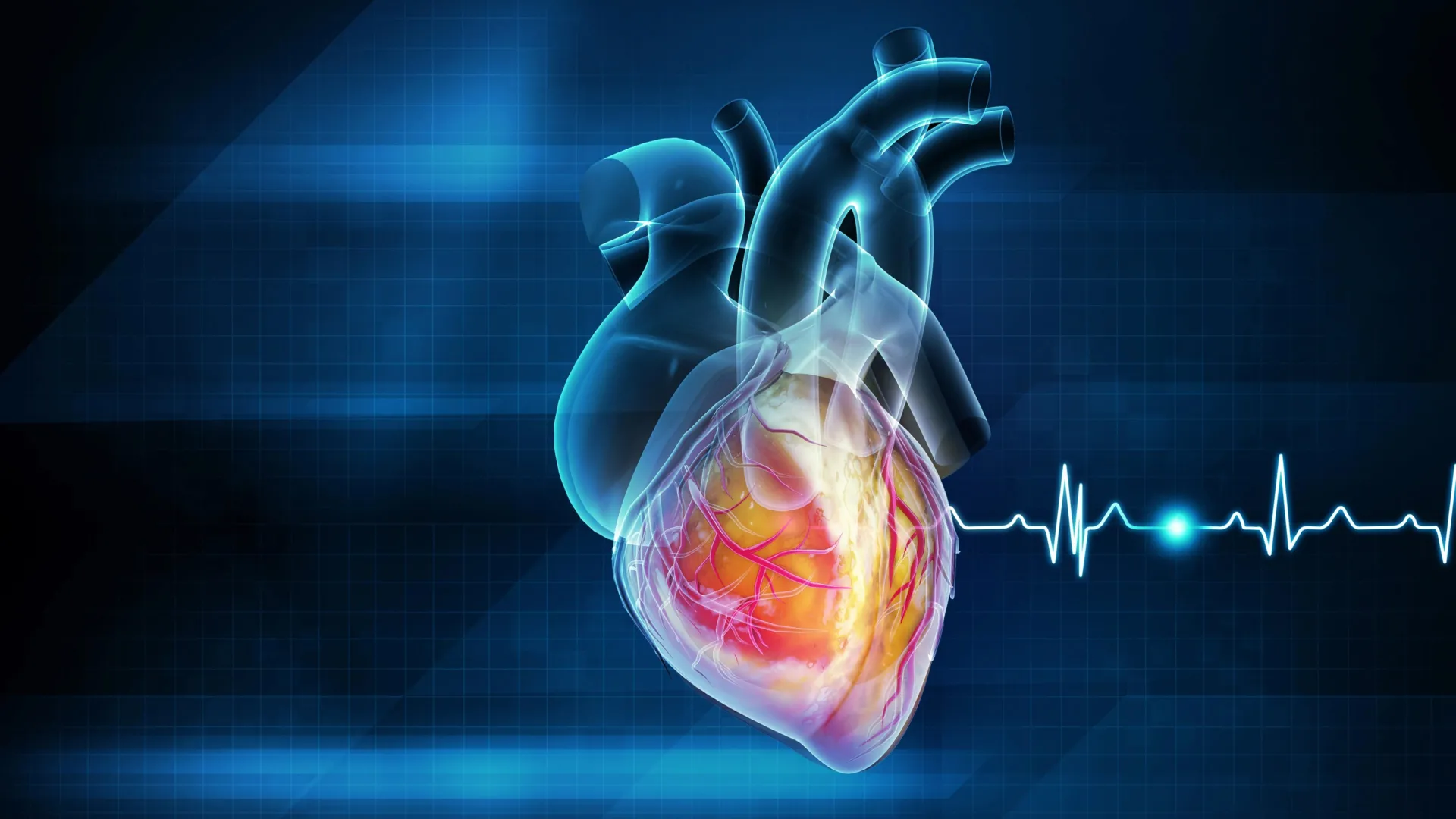Now Reading: Scientists Unveil Breakthrough Blood Pressure Treatment for Resistant Cases
-
01
Scientists Unveil Breakthrough Blood Pressure Treatment for Resistant Cases
Scientists Unveil Breakthrough Blood Pressure Treatment for Resistant Cases

Speedy Summary
- A new drug, baxdrostat, has been shown to significantly lower blood pressure in individuals with treatment-resistant hypertension, according to a Phase III clinical trial led by Professor Bryan Williams from UCL.
- High blood pressure (hypertension) affects around 1.3 billion people globally, with almost half of cases uncontrolled or resistant to treatment.This condition increases the risk of heart attack, stroke, kidney disease, and early death.
- The BaxHTN trial included nearly 800 participants at 214 clinics worldwide and was supported by astrazeneca and the NIHR Biomedical Research Center at UCLH.
- After 12 weeks of treatment with baxdrostat (1 mg or 2 mg daily), patients experienced a reduction in systolic blood pressure by approximately 9-10 mmHg more than those on placebo.
– About 40% of patients achieved healthy blood pressure levels compared to fewer than 20% in the placebo group.
- Baxdrostat works by blocking aldosterone production-a hormone that contributes to high blood pressure-helping regulate salt and water balance in the body.
- The results were presented at the European Society of Cardiology Congress (ESC) in Madrid on August 30th and published concurrently in The New England Journal of Medicine.
- India is among countries most affected by hypertension; an estimated 199 million Indians live with high blood pressure.
Indian Opinion Analysis
The prosperous Phase III trial results for baxdrostat mark a critical step forward for treating resistant hypertension globally. given India’s large hypertensive population-around one-sixth of global cases-the implications are significant. Such conditions have wide-reaching impacts on individuals’ health systems since cardiovascular complications strain healthcare resources significantly over time.
Targeting aldosterone dysregulation adds an important dimension previously not addressed effectively by existing medications. For india specifically, were preventive measures like diet control may face challenges due to dietary preferences or socio-economic factors, innovations like baxdrostat could bridge gaps when traditional methods fail. However, accessibility and affordability will play pivotal roles considering India’s income disparities; framing suitable health policies will determine its practical impact across demographics. Ultimately,breakthroughs such as these underscore advancements that could redefine chronic disease management if distributed equitably worldwide.

























